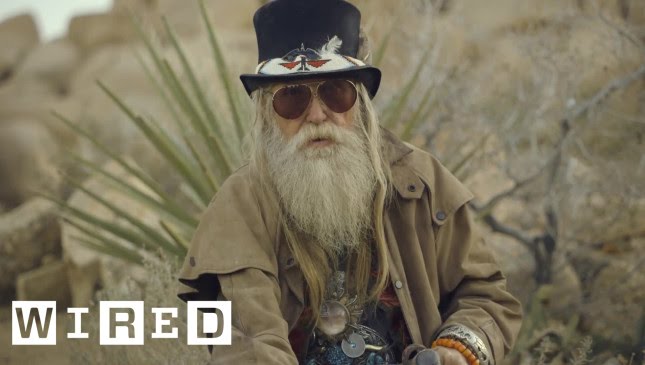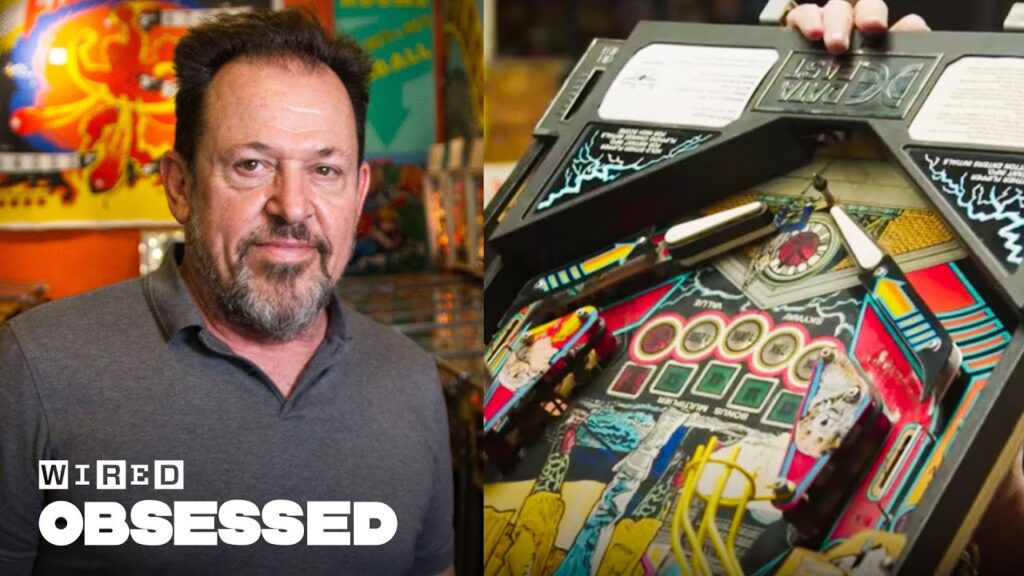Eating and Sleeping in Space: Chris Hadfield’s Experience
Summary
In this article, we will explore Chris Hadfield’s experience of eating and sleeping in space. We will also discuss his contributions to space exploration and the requirements for becoming an astronaut.
Table of Contents
- Eating in Space
- Sleeping in Space
- Chris Hadfield’s Contributions to Space Exploration
- Requirements for Becoming an Astronaut
Eating in Space
Food in space is eaten one item at a time, in its package, to avoid floating food. Due to zero gravity, the sinuses never drain, resulting in a head cold, and food tastes bland. However, the shrimp cocktail is an exception as it has a strong natural spice that clears the sinuses. Astronaut ice cream is mostly made of sugar, and it is not actually eaten in space because the crumbs would float around without gravity.
Sleeping in Space
Sleeping in space requires covering the windows to avoid the sun’s glare, floating into a sleeping bag tied to the wall, and relaxing every muscle in the body.
Chris Hadfield’s Contributions to Space Exploration
Chris Hadfield rotated as the leader in space missions every two to three months. He was the first Canadian mission specialist and contributed to space exploration in various ways such as conducting research, building two space stations, and serving as NASA’s director of operations in Russia. Although he was not the first Canadian in space, he was proud to be the fourth. Chris Hadfield did not walk on the moon but believes that it will happen soon as astronauts are currently training for it. He went to space with people from Earth, including Russians, Germans, and Americans. Chris Hadfield is doing well after being in space for 21 years, although some astronauts experience physical degradation in their bodies.
Requirements for Becoming an Astronaut
Becoming an astronaut requires a healthy body that fits in a space suit, the ability to learn complicated things, and the capability to make good decisions. Astronauts typically have multiple university degrees and experience in complicated jobs like test pilots or medical doctors. To prepare for becoming an astronaut, one should maintain a healthy body, learn complicated subjects, and learn how to fly. Astronaut centrifuge is a simulation that prepares astronauts for the crushing force of acceleration during rocket launches and re-entry into the atmosphere.
Conclusion
Chris Hadfield’s experience of eating and sleeping in space offers a unique perspective on life beyond Earth. His contributions to space exploration and insights into the requirements for becoming an astronaut inspire us to continue pushing the boundaries of human knowledge and exploration.







